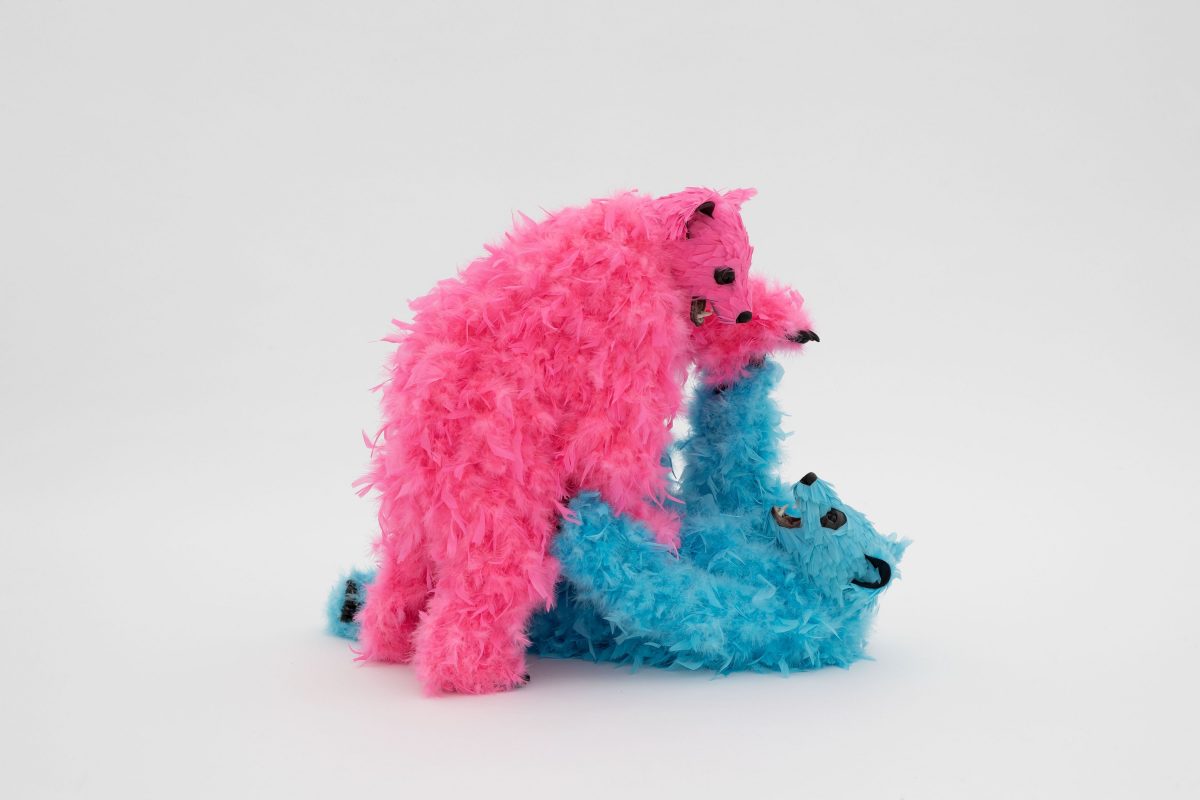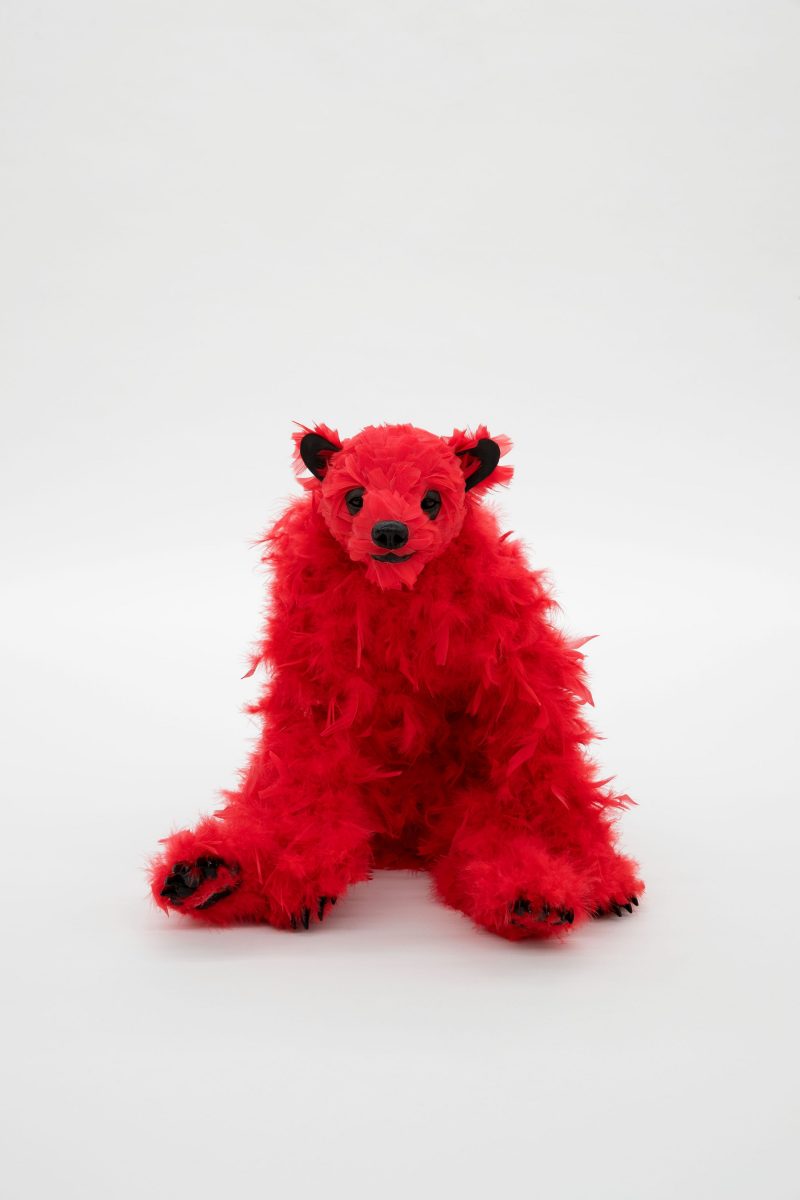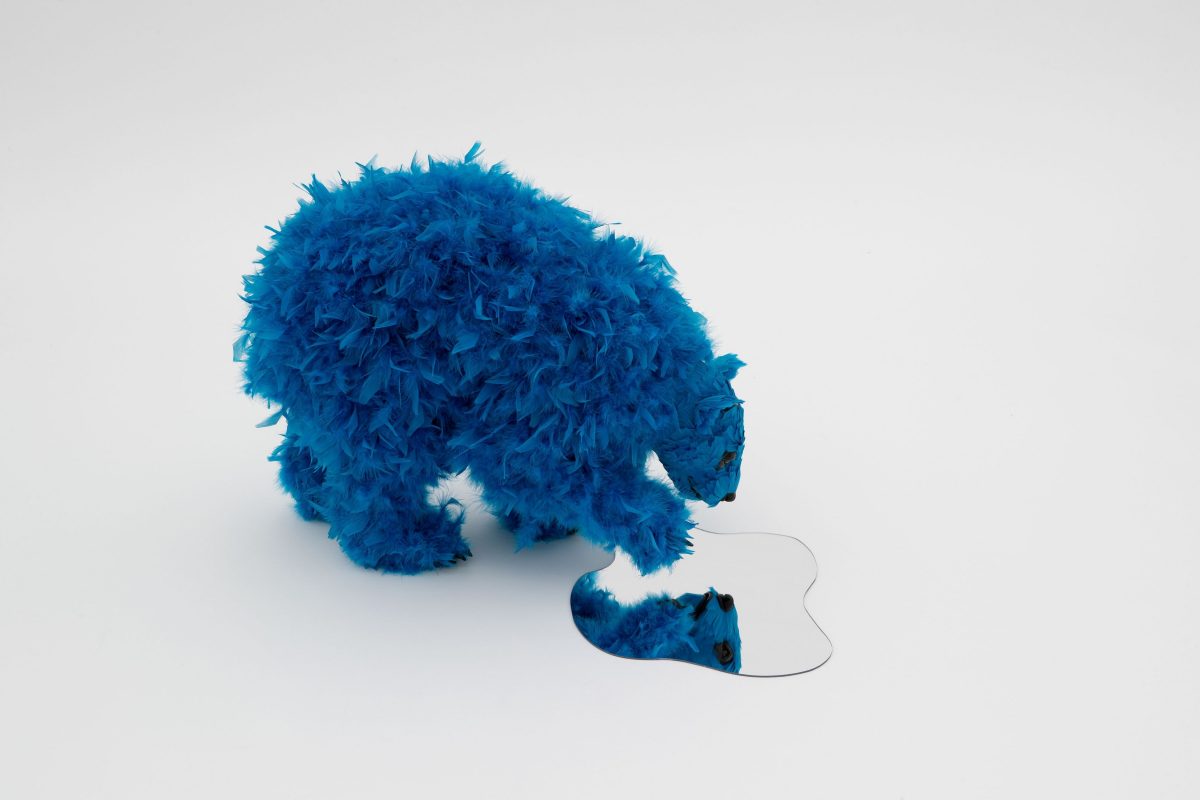
“Sometimes the smallest things take up the most room in your heart,” Winnie the Pooh once said. He could just as well have been talking about himself. If you thought teddy bears were just for kids, think again. A growing number of artists have turned to the humble bear for inspiration in recent years, part of a new wave of interest that has seen the furry figure reinvented for a new generation.
“Cartoon bears are so deeply lodged in the cultural imaginary, with Pooh being the most iconic,” Simon Fujiwara reflects. The British Japanese artist presented Who the Bær in a major 2021 exhibition at Fondazione Prada in Milan last year. A meditation on personal identity and the many external forces that shape our sense of self, it featured Who the Bær, an ursine protagonist in a pop culture-infused world.
“Cartoon bears are so deeply lodged in the cultural imaginary, with Pooh being the most iconic”
“Who is a remix and re-appropriation of everything we know about the famous cartoon bears,” Fujiwara says. “Who piggybacks on the love and connection we have already developed for this genre of character.” The project has since expanded to an entire ‘Whoniverse’, including an exhibition Once Upon a Who? at Esther Schipper in Berlin this year and a ‘Whotique’ selling bear-themed merchandise.
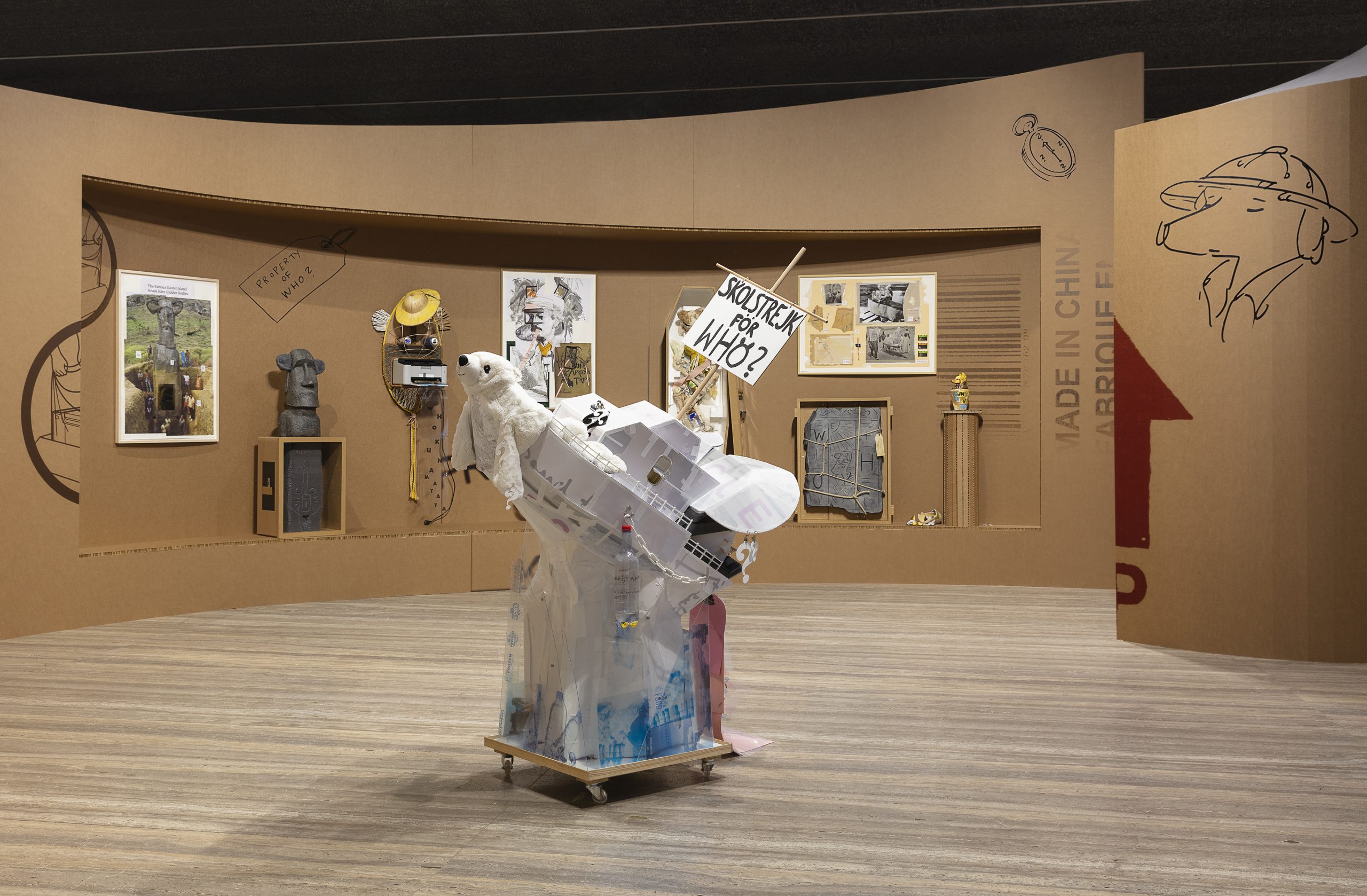
For Nigerian American artist Precious Okoyomon, the teddy bear is used as a recurring motif to create a charged tension between tweeness and trauma. In I Need Help, a joint exhibition with Hannah Black at Real Fine Arts in New York in 2018, Okoyomon spliced and shredded texts by Black that spilled from within the teddies, a visceral gesture of digestion and bodily expulsion that shrouds the grotesque within a language of cuteness. The bears sat among piles of soil, a pairing suggestive of the growth that can come even from decay.
“The teddy bear is used as a recurring motif to create a charged tension between tweeness and trauma”
That duality is taken up in the two-headed teddy bear logo of subculture-infused clothing line Heaven, launched by Marc Jacobs in 2020. The unsettling motif features on T-shirts, sweaters and jewellery throughout each collection. Heaven’s surreal teddy figure is arguably part of the nostalgia-fuelled renaissance of an angsty teen aesthetic that has seen young adults embrace the stylings of the late 1990s and early 2000s that they are too young to remember first-hand.
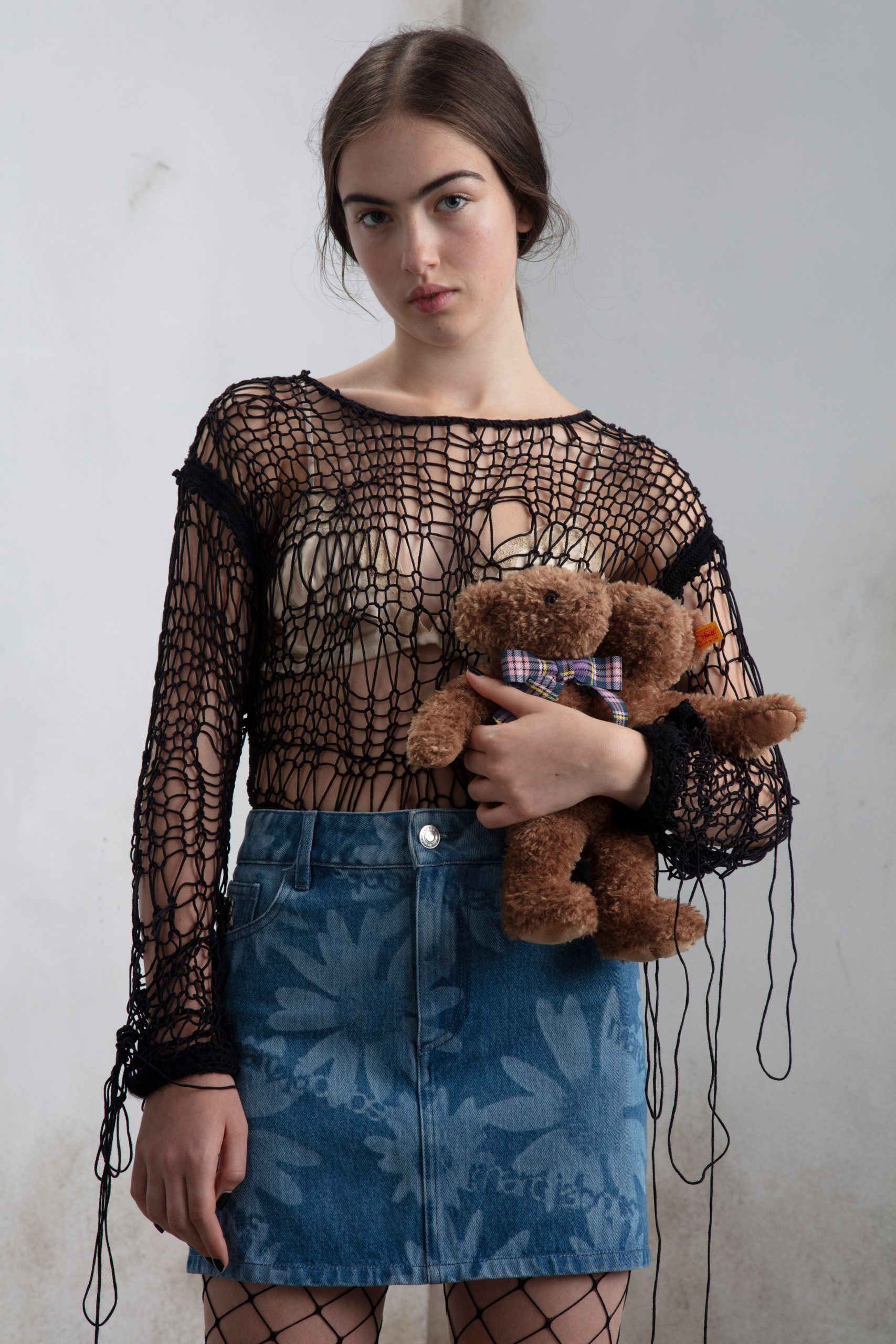
In 2021, Heaven collaborated with German manufacturer Steiff (the historic company who in 1902 designed the first teddy bears) to release a collectible two-headed version, which quickly sold out. The toy was famously named after American president Teddy Roosevelt, following the release of a cartoon that satirised his refusal to shoot a captive bear on a hunt. The soft toys that followed were initially named ‘Teddy’s Bear’ in the United States, and in 1908 Steiff adopted ‘teddy’ as the moniker for their own bears.
Early teddy bear manufacturers have achieved cult status in Japan and there is even a Teddy Bear Museum in Shizuoka. Japanese artist Urara Tsuchiya recalls her mother, a Tokyo antiques dealer, sourcing teddy bears for her shop: “It was to cater for Japanese consumers, but they were buying into a fantasy of Europe through these twee English vintage objects.”
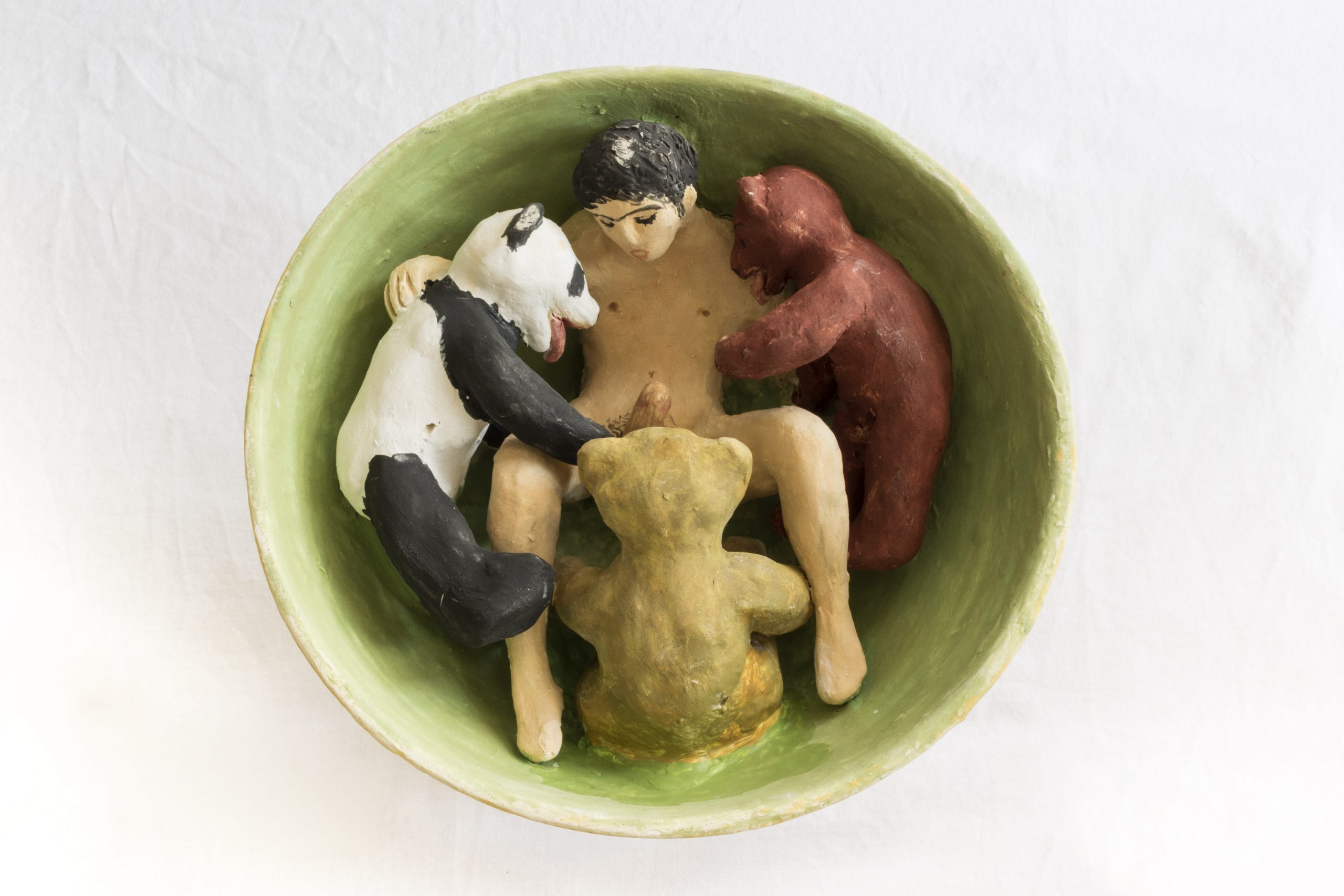
These toys take on a new life in Tsuchiya’s ceramic sculptures. Pastel-coloured bears cavort and frolic with one another, and engage in threesomes and oral sex. The teddy bears’ picnic it is not. “I wanted to use the teddy bear in a more sexualised way for my work since I used to spend so much time looking for them,” says Tsuchiya, who uses cuteness to draw viewers in where a more explicit scene might alienate them. “I like to have a balance between the subject and the way it’s represented.”
“Pastel-coloured bears cavort and frolic with one another, and engage in threesomes and oral sex”
It is a perspective shared by Italian-born artist Paola Pivi, who covers huge polar bears (native to her Alaskan home) in vivid pink, purple, green and red feathers. At Arken Museum of Modern Art in Denmark in 2020, they jumped, twirled and danced across the room. “My vision of colourful feathers makes these scary animals approachable, in a similar way to the teddy bear icon,” she says.
The bear plays an important role in the folklore around the world, from the shamanistic rituals of North America to the beliefs of the Ainu of Japan, and appears often in Celtic and Russian myths. It is little surprise that the teddy bear has proved just as enduring a symbol, the perfect plaything for artists to take apart before reassembling anew.
Louise Benson is Elephant’s deputy editor
This article originally appeared in Elephant 47 — Spring Summer 2022, available to buy here

